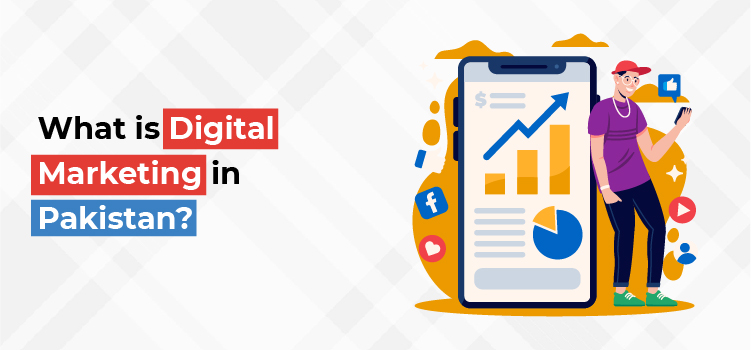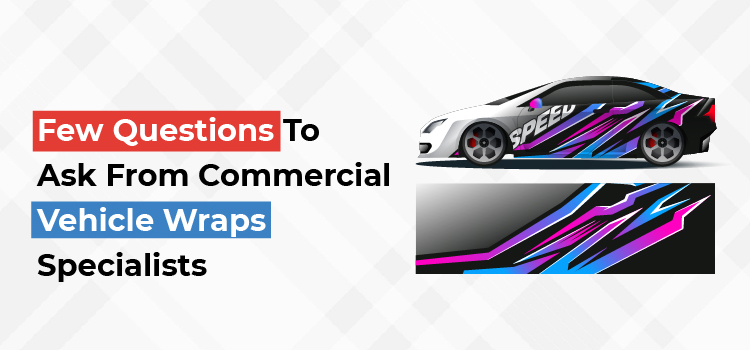It’s Legit when they say that, the first impression is the last. When we observe or perceive anything it leaves impressions in our minds and creates a virtual depiction.
For example, if we compare two chocolate brands like Ferrero Rocher’s and M&M’s, what are the first three points which pop up in your mind?
Ferrero Rocher’s depicts something classy, a bit expensive, with royalty essence in its name, whereas M&M’s marks an Impression of Small chocolate candy which sounds affordable and in bulk. These are the images these brands created in our minds and got succeeded.
Still, confused? Don’t worry you will get the science behind it once we see how it works in baby steps.
Before we proceed, we need to understand that what a Logo means.
Logo
A logo is a graphical virtual depiction of your brand, business, or organization which defines the overall idea and look and feel about your business and its positioning in the market.
A logo has a wider exposure which is a highly valuable intangible asset for any company, for which you have to claim its trademark so no other identity can misuse your identity to uplift their businesses.
Now, let’s dive straight into the Tips which will assist you when you are planning a name and logo for your brand or business.
Work on your Brand Identity
Just like we all have our identities and different personalities which defines everything about us, just like that a brand identity is an image you want to create for your target audience to help them understand your business core personality and the domain it lies into.
Think of it as a bucket of elements a company creates to portray its impression to its consumers.
Your brand identity helps the consumer understand what your brand is all about and how can it help them throughout the way.
Know your Audience
Before you execute the designing process for your logo, you need to know what is your target audience(consumers). Starting before extracting out all the information about your audience can be a big problem.
Most new brands fail to understand their target audience which results in a disaster after some timestamp. Knowing your customers will give you a head start for your brand.
You can start with researching their demographics, which includes their age, gender, profession, lifestyle, location, education, income, etc. You can analyze your competitors to find demographics, or use google analytics to get such information.
Set your Logo Type
Once you know your brand identity and your target audience, you have to select a logotype that best suits your business and your preference.
There are seven types of Logotypes
– Monogram logos (letter marks)
– Wordmarks (logotypes)
– Pictorial mark (logo symbols)
– Abstract logo symbols
– Mascots
– The combination marks
– The emblem
Select which logo suits you the best. If you are not familiar with such logotypes don’t fret, I would be writing another detailed blog to define them in detail, but for now, let’s stick to the tips, or else it might get a bit confusing for you.

Source: brickspacelab
Set your Colour Palette
Once you are done planning your logotypes now it’s the time to select a theme for your brand around which it would revolve around. Colors play a vital role in determining a brand’s message and represent emotions.
Let’s say you are using vibrant colors like Yellow in your logo design, it depicts being energetic, having a spark in it, and being tempted. Just like Macdonald’s uses yellow color to highlight its franchise logo.
If you are using light colors like Blue, it evokes the emotions of smartness and connectivity. This is one of the reasons most social media use Blue as their primary color to showcase their brand.
Every color represents some kind of emotions linked to them, so be careful while selecting your color palette and stick to it once you have finalized it.
Select your Font Type
Just like every other factor mentioned above, the Fonts also contribute to your brand identity. For example, if you are using Bold fonts it would give an impression of dominance and strength, which can be ideal for a Gym logo with a blend of emblem logotype.
If you are using an italic handwritten type of font, it might best suit a child’s clothing merchandise.

Source: 99designs
Keep it Minimal
It’s a professional approach to keep your logo minimal, with one to two colors and a simple font with less graphical content in it, making it much more readable.
Logos are the first thing which leaves an impression in your consumers’ mind, so you have to be careful that your logo is delivering the message about your brand you are trying to showcase.
It should be easy to memorize. Many brands or companies hire professional designers who are equipped with skillsets and know exactly what to do.

Source: kickstarter
Scalable Logo Type
Last but not least is to make sure your logo is ready to be used for all purposes. You will require your logo on your websites, stationary, graphical content for social media, etc. Make sure your logo is in High definition and in Premium Quality which can be rescaled easily without being pixilated so that it can also be printed on flyers, banners, merchandise, etc.
Mostly Illustrator vector logo image formats are preferred because they are easy to scale without worrying about image quality. They are resolution-independent.
It’s a good practice to assign the creation of your logo to a professional designer, which would save your time and hassle to figure it out.

Source: brickspacelab
We also deal in Logo Designing based on complete research and planning, making sure that your business bloom and can compete for the neck to neck with your competitors or even cut them off from the entire game.




